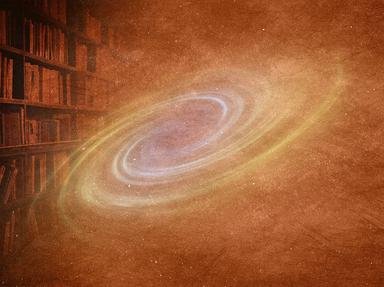Quiz Answer Key and Fun Facts
1. Astronomy could very well be mankind's oldest science, though it is unsure when the very inquisitive phase of this science began. A number of ancient civilizations lay claim base on archaeological records for being the first scientific astronomers. As far back as the fifth millennium B.C., Europeans were building megalithic structures that were possibly used for astronomical observation. In what modern country can the ancient megaliths of Carnac be found?
2. The Dresden Codex is a record of another civilization's early attempts to make sense of the sky above us. With which ancient civilization is this document associated?
3. Egypt is another ancient civilization that may lay claim as having the earliest serious astronomers. It was the Egyptians who first established the 24-hour day and 365-day calendar year.
4. Of course we cannot forget about the Chinese when discussing ancient astronomy. The Chinese have the distinction of being the first civilization to record which of the following events in 2136 B.C.?
5. Which ancient civilization of Mesopotamia is credited with establishing the collection of star signs that we call the zodiac?
6. We now turn to the Greeks, who began seriously inquiring about the nature of the cosmos during the 6th century B.C. Greek science was ushered in by Thales of Miletus, a philosopher/scientist who was said to have predicted a solar eclipse in which seminal year for astronomy?
7. Anaximander, also of Miletus, was a pupil of Thales who traveled extensively in Babylon and Egypt. He is credited with having returned from abroad with the idea for which of these devices related to the heavens?
8. Though Thales was a well-established man of science and philosophy, he did not understand the nature of the Earth, believing it to be a disk shaped object floating on water. Around 500 B.C. the Earth was first proposed to be spherical in nature. This assertion is associated with which Greek philosopher/mathematician (or his followers)?
9. Which ancient thinker from Tenedos is associated with bringing the solar calendar and the zodiac to the Greek world from Mesopotamia?
10. Another early claimant for having identified the Earth as a sphere was Parmenides of Elea, who is much better known for his philosophical output. Which of the following was also an astronomical claim to fame for Parmenides?
Source: Author
thejazzkickazz
This quiz was reviewed by FunTrivia editor
crisw before going online.
Any errors found in FunTrivia content are routinely corrected through our feedback system.

